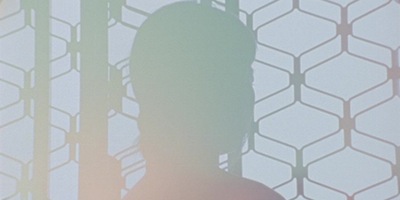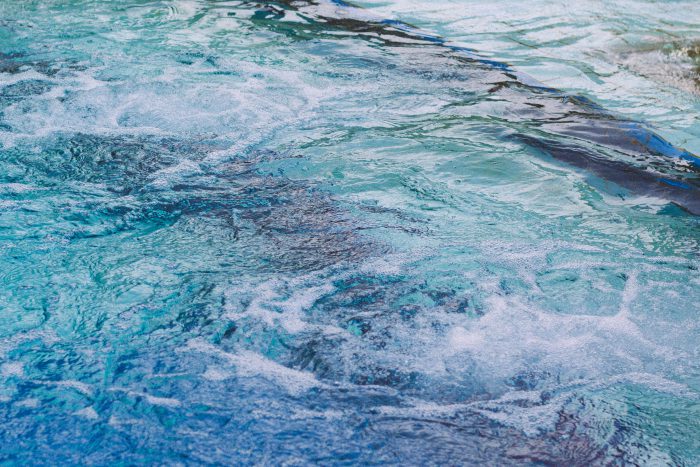
Hello!
This is my first 4D project. This post expounds on my journey, my whole thinking process and the outcome.
Task 1:
Me
Who am I? Sometimes i think to myself: what am I made of, what can I do with this body (i believe created by God) and what’s the purpose of my body?
One thing that i’ve been doing (and loving) since young, is dance. Dance, to me, is a way of expression, of release, and simply, a fun way to move my body (and also to keep fit). Never have I done a dance photoshoot as I haven’t been very active in recent months. Attempting to do this shoot was a challenge.
First, it was a physical challenge. The muscles involved in such a work out must be one that is well developed and warm. So after not dancing for quite awhile, it was a bit strenuous. Secondly, trying to express myself in different poses and angles in front of a camera and keeping the pose for a longer time than usual proved challenging (as dance is fluid and has to follow through). This was a stop-capture motion that felt a little unnatural as compared to dancing. Still, it was a fun experience.
So, here I am representing myself with a few snapshots of me as a dancer. These are some of the common moves that i’ve used over the years.
1. This is a full body image that captures a turn, balanced on demi pointe. I chose a long shot as the essence of the turn and body anatomy would be better captured.
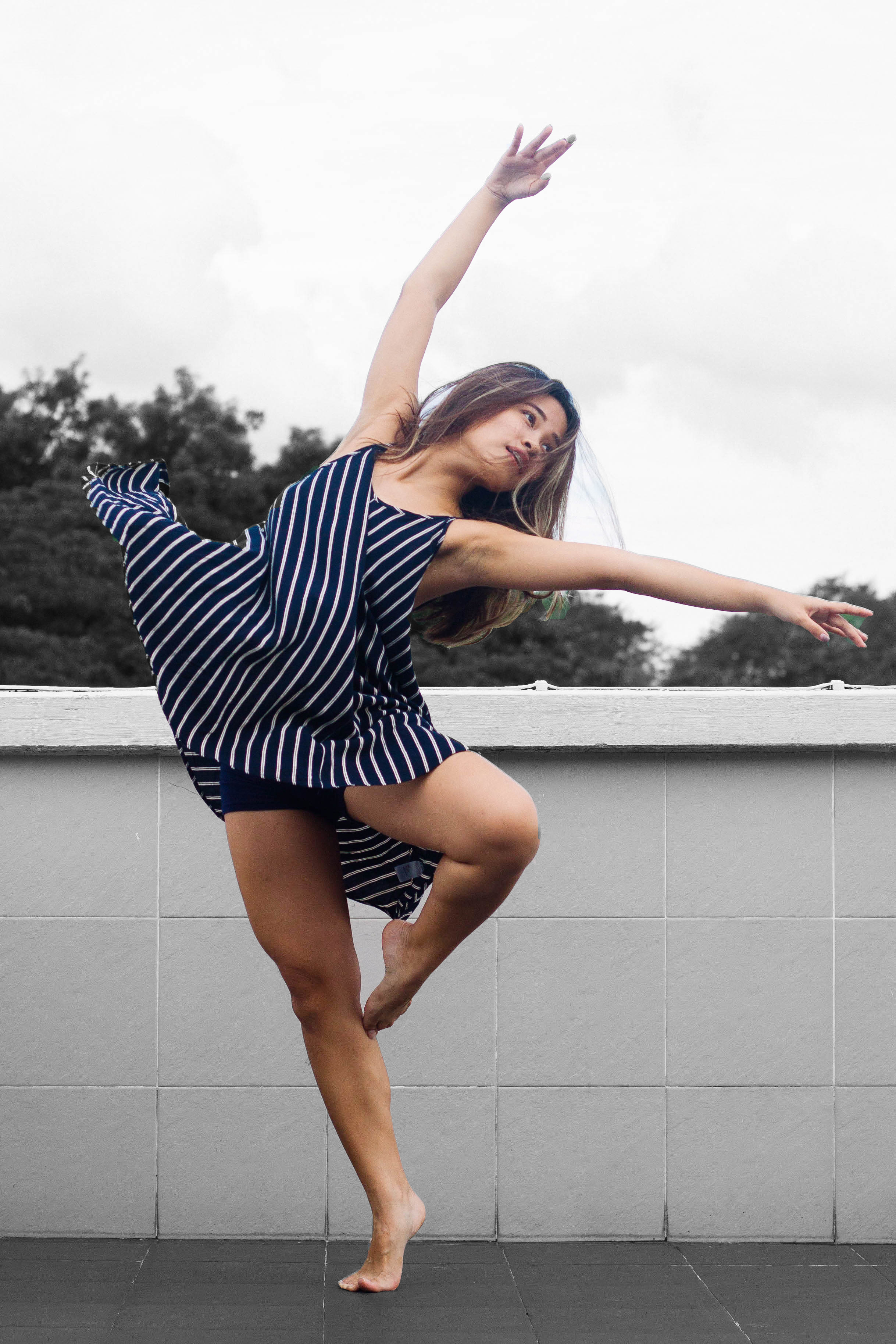 2. The second image is a mid shot of a stretching pose commonly used during dance warm ups (which I used the parapet as a barre here). The mid shot could capture the angles, and it focuses directly on my action.
2. The second image is a mid shot of a stretching pose commonly used during dance warm ups (which I used the parapet as a barre here). The mid shot could capture the angles, and it focuses directly on my action.
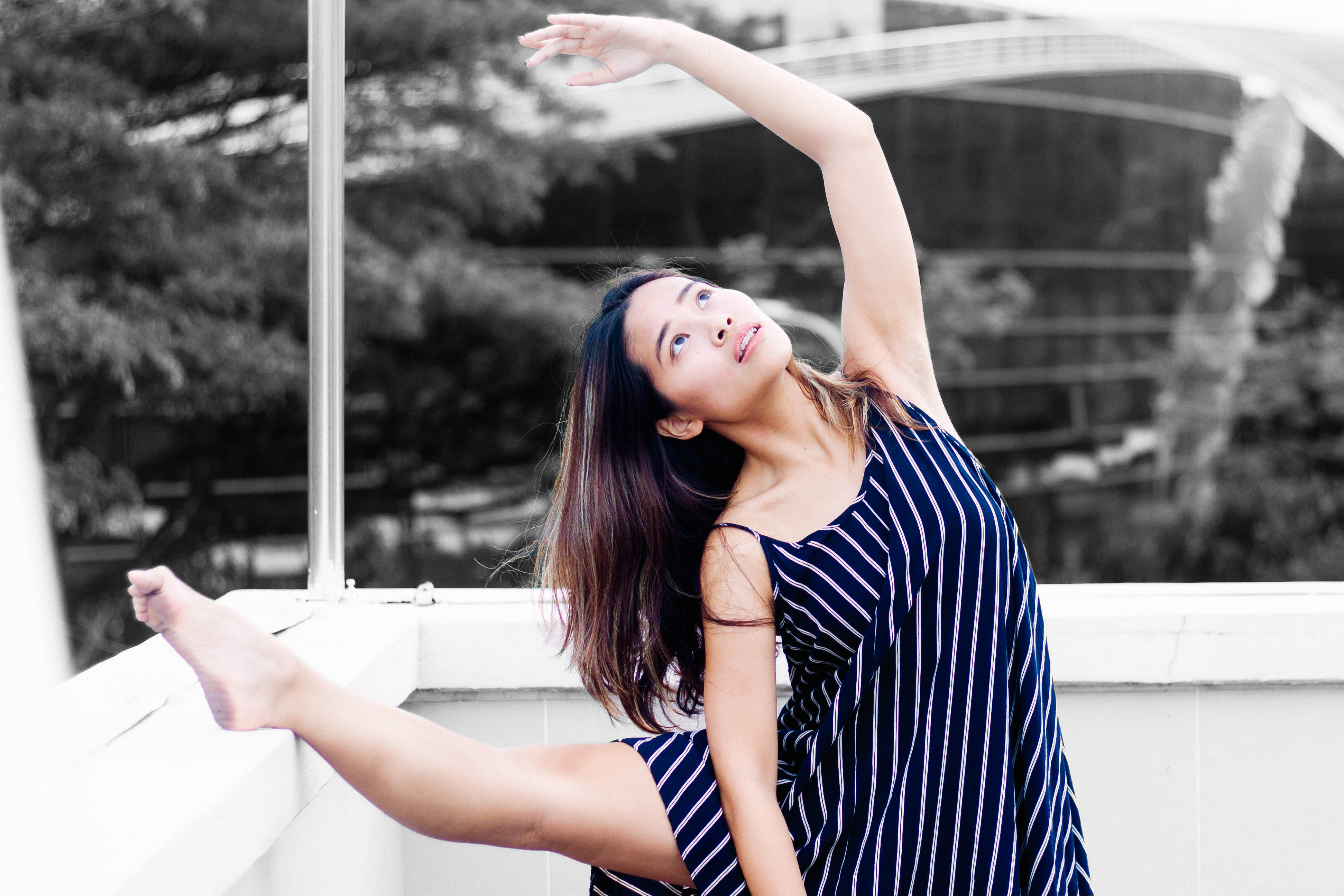 3. My last image is a close up of my feet. The feet plays one of the biggest role and it holds all the body weight as one glides across the floor. Here, i’m on pointe (though not very good). I chose a close up of being en pointe. Audiences usually see the “long-shot” of dancers and rarely them without their pointe shoes (or exposed). What goes on behind the fabrics is a tough and not very pleasant sight. (I have pretty normal feet as i’m barely en pointe and I haven’t destroyed it). Here, I want to bring out the angles, the pressure and the curves that’s placed on the toes in this position.
3. My last image is a close up of my feet. The feet plays one of the biggest role and it holds all the body weight as one glides across the floor. Here, i’m on pointe (though not very good). I chose a close up of being en pointe. Audiences usually see the “long-shot” of dancers and rarely them without their pointe shoes (or exposed). What goes on behind the fabrics is a tough and not very pleasant sight. (I have pretty normal feet as i’m barely en pointe and I haven’t destroyed it). Here, I want to bring out the angles, the pressure and the curves that’s placed on the toes in this position.
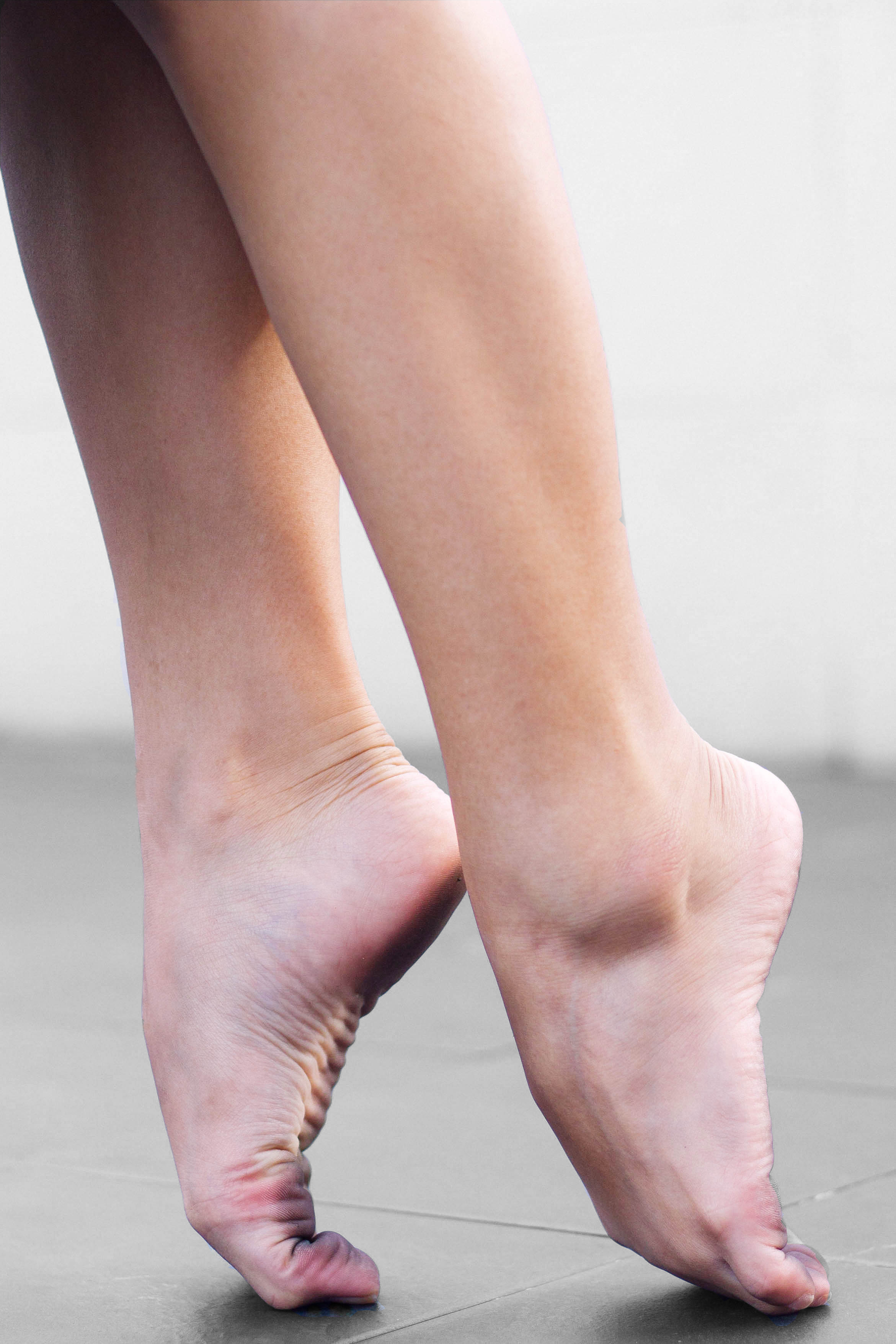
All these photos have a black and white background as I want to block of the surrounding colours so that the natural movement and body anatomy is well defined and contrasted.
Thus, I see myself as created to be able to express and enjoy smooth swift movements enabled with the human body.
“If being attentive to the details of people’s lives might be considered a vocation, mine was born in the smell and feel of the memory lost and its objects.”
– Sherry Turkle
Task 2:
Object and representation of self
My object: My pillow
Why so? The first thing that I see and touch when I wake up is my pillow and the last thing that I see and touch before I fall asleep is also my pillow. It’s significance is huge to me and it is the one that provides and supports me so that I can have sufficient energy for the next day. Also, when i’m sad and in need of comfort, it collects my tears and gives me something to rest my head upon. When I need to sit up, I prop myself up with my pillow as my back rest. It is a great support and a huge lifeline for me.
After a tiring day out, i’m quick to fall on my bed and lay my head in it’s soft and comforting embrace. Thus my series of photos will show the comfort I find in my pillow and how it offers the same comfort in unusual settings.
Out of the five photo tasks, I chose three. A full figure shot of myself interacting with my pillow; a mid-range shot of myself interacting with the pillow and lastly a close up shot my interaction with my pillow.
1. An overlaid photo where I’m falling into my comfort on concrete ground.
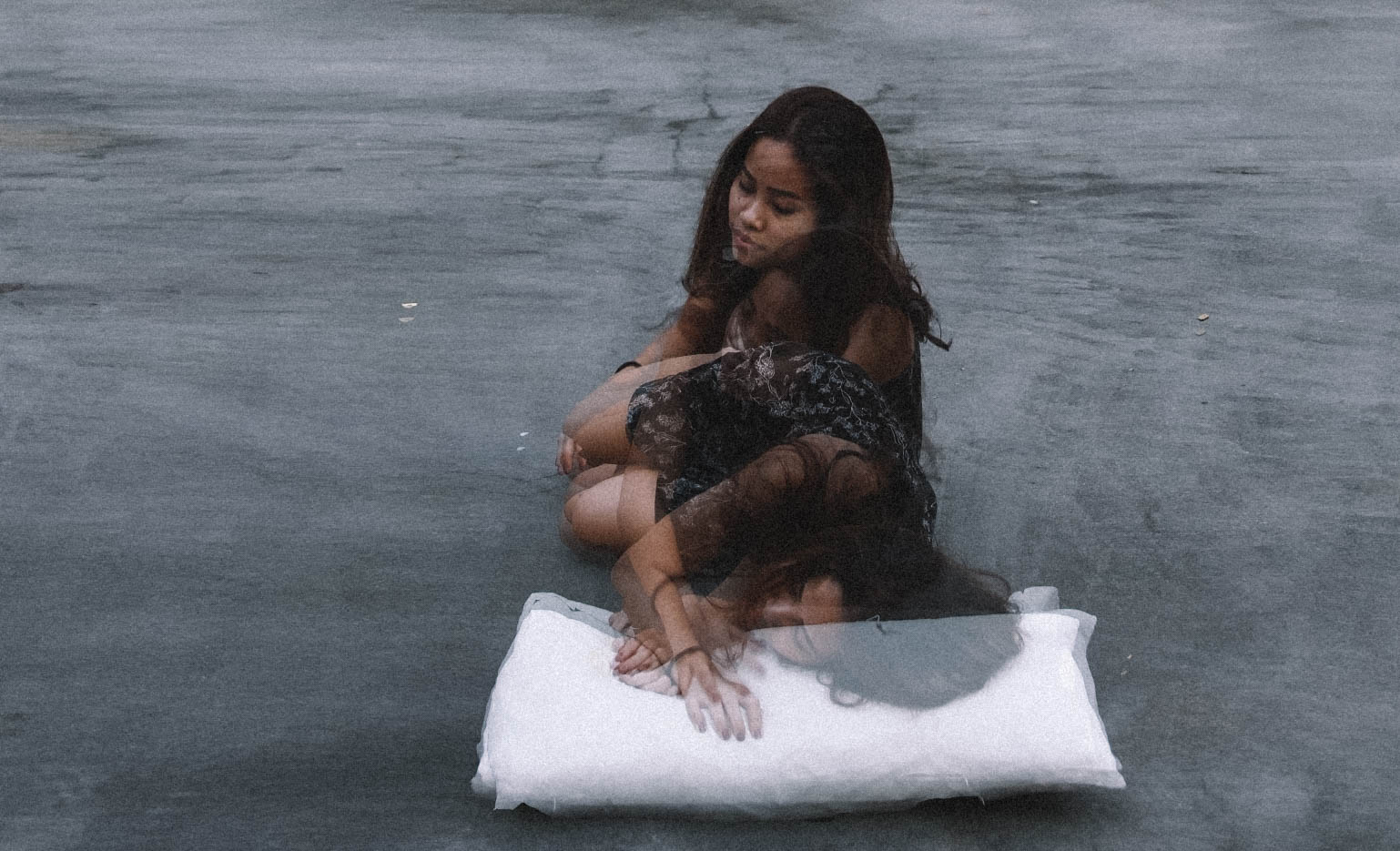 2. A resting position of how I always sleep, yet in a very unfamiliar and unusual setting. I used this to show how my pillow will give me the comfort in rigid and rough situations.
2. A resting position of how I always sleep, yet in a very unfamiliar and unusual setting. I used this to show how my pillow will give me the comfort in rigid and rough situations.
 3. A close up of me expressing my happiness and joy my pillow provides.
3. A close up of me expressing my happiness and joy my pillow provides.




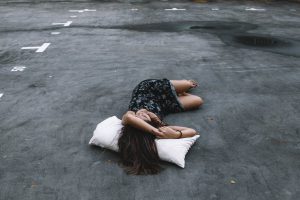
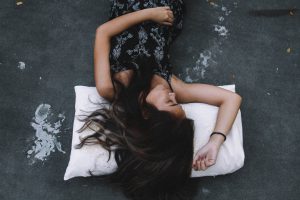
“For every object they have spun a world. They show us what they looked upon and what became the things that mattered.”
– Sherry Turkle
Task 3:
My world
The swimming pool is very significant to me. Ever since young, a family activity and my time of exercise is often swimming (I am an avid swimmer). Since young, i’ve love the feel of water and the natural calmness it brings me. My favourite pool is one near my house. As much as water bring me calmness, the location and design of the pool surroundings further enhances this. It is full of plants, trees and surrounded by a park. Whenever I walk around, I feel like i’m at home (even though I don’t stay there). I just gives me a sense of comfort and familiarity, this manner also fascinates me. In fact, sometimes it’s dreamlike and I spend my time there like time doesn’t pass.
I had this surreal and ethereal idea as I was planning what I could do. Rather than have different angles and show many vantage points or wonderful angles shots, I wanted to show what is going through my head as I walk around while playing with angles.
Let me explain the following photos.
1. This is a pathway leading to the pool (or rather here, I’m walking away from it). I feel as though i’m stepping into another world. A world of my own escape, an invisible door that leads me somewhere else . I tried to play around with different tones to find a more ethereal feel.
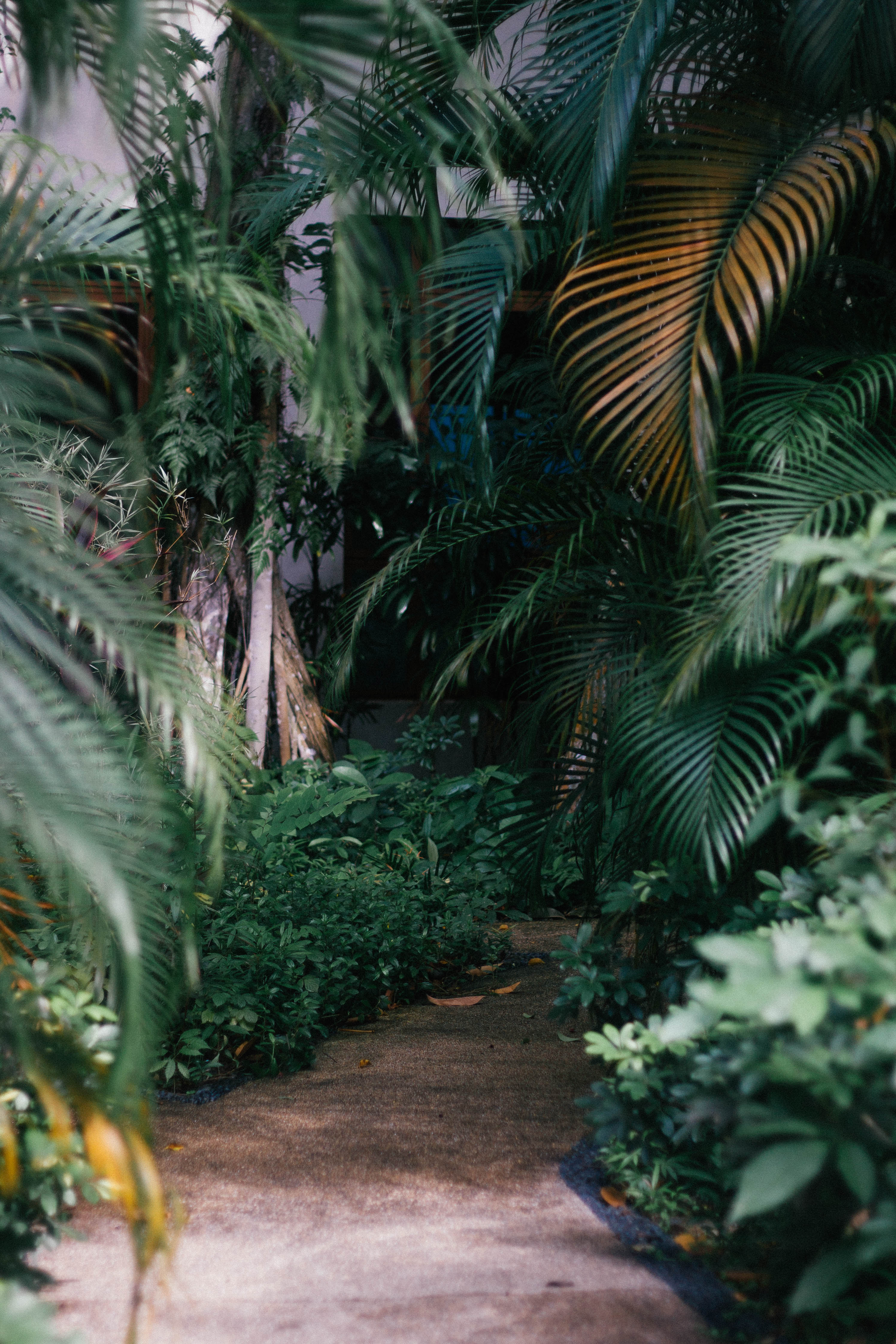 2. Seeing the surroundings, a mix of water and nature, I feel this fuzzy likeness that both items coincide and sit well together (just like the sea and trees etc). I picture this as one and two inseparable items which is why I created this image. (A top down angle of water ripples and a low angle capture of the surrounding greenery.)
2. Seeing the surroundings, a mix of water and nature, I feel this fuzzy likeness that both items coincide and sit well together (just like the sea and trees etc). I picture this as one and two inseparable items which is why I created this image. (A top down angle of water ripples and a low angle capture of the surrounding greenery.)
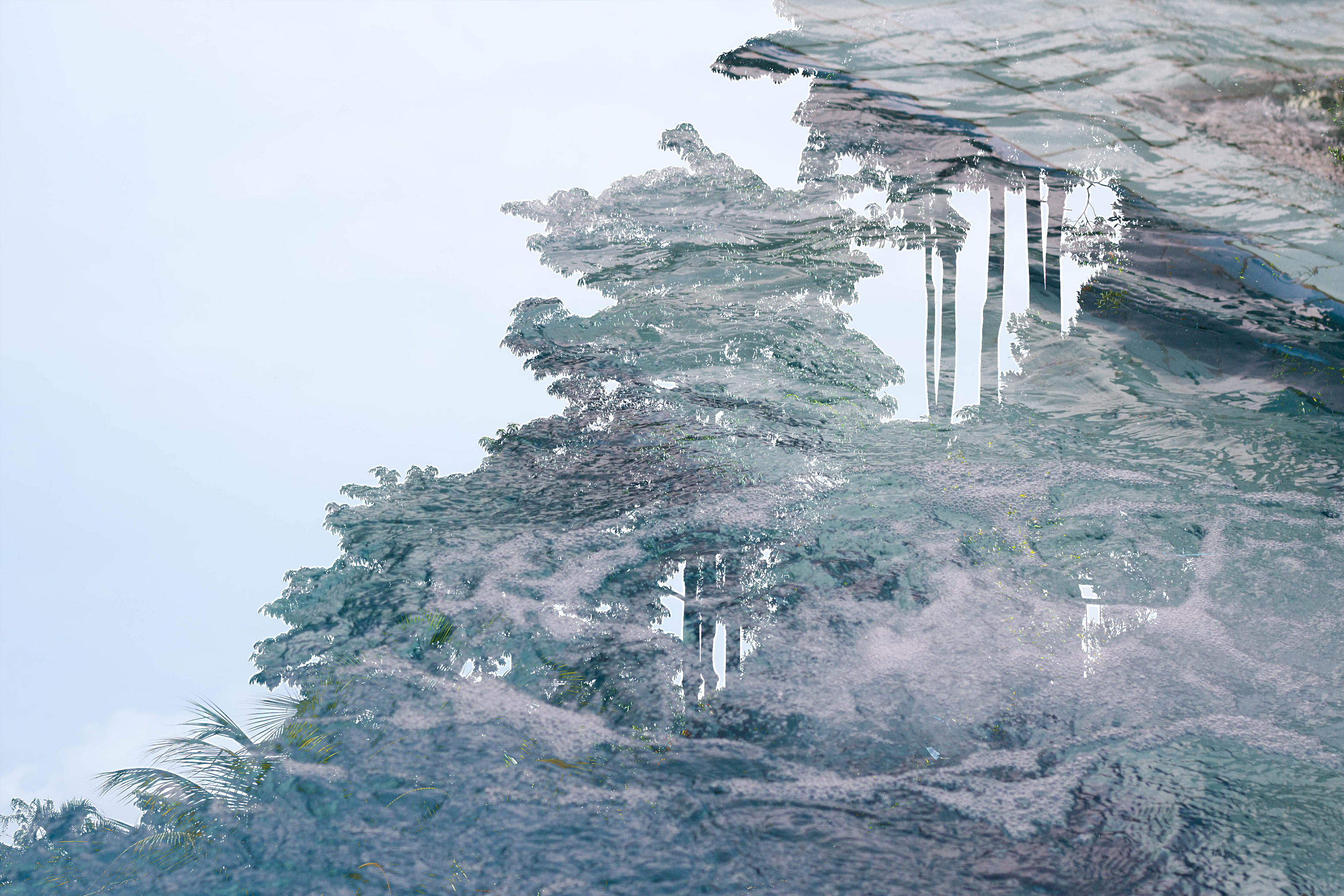 3. A surreal shot of how I directly feel like when I’m in the water. I feel a sense of comfort and this is the state I sometimes aim towards. The water that surrounds me like back when I was in my mothers womb. A safe place of comfort and belonging cascading around me.
3. A surreal shot of how I directly feel like when I’m in the water. I feel a sense of comfort and this is the state I sometimes aim towards. The water that surrounds me like back when I was in my mothers womb. A safe place of comfort and belonging cascading around me.

4. This water signifies the calmness and serenity I feel when I look at the water. I want to try to show the movement and sound of flowing water through the bubbles and ripples. The movement and sound of water pushes the calmness that I feel as it isn’t a silent and rigid environment, but the water that keeps flowing feels like it also keeps me flowing.
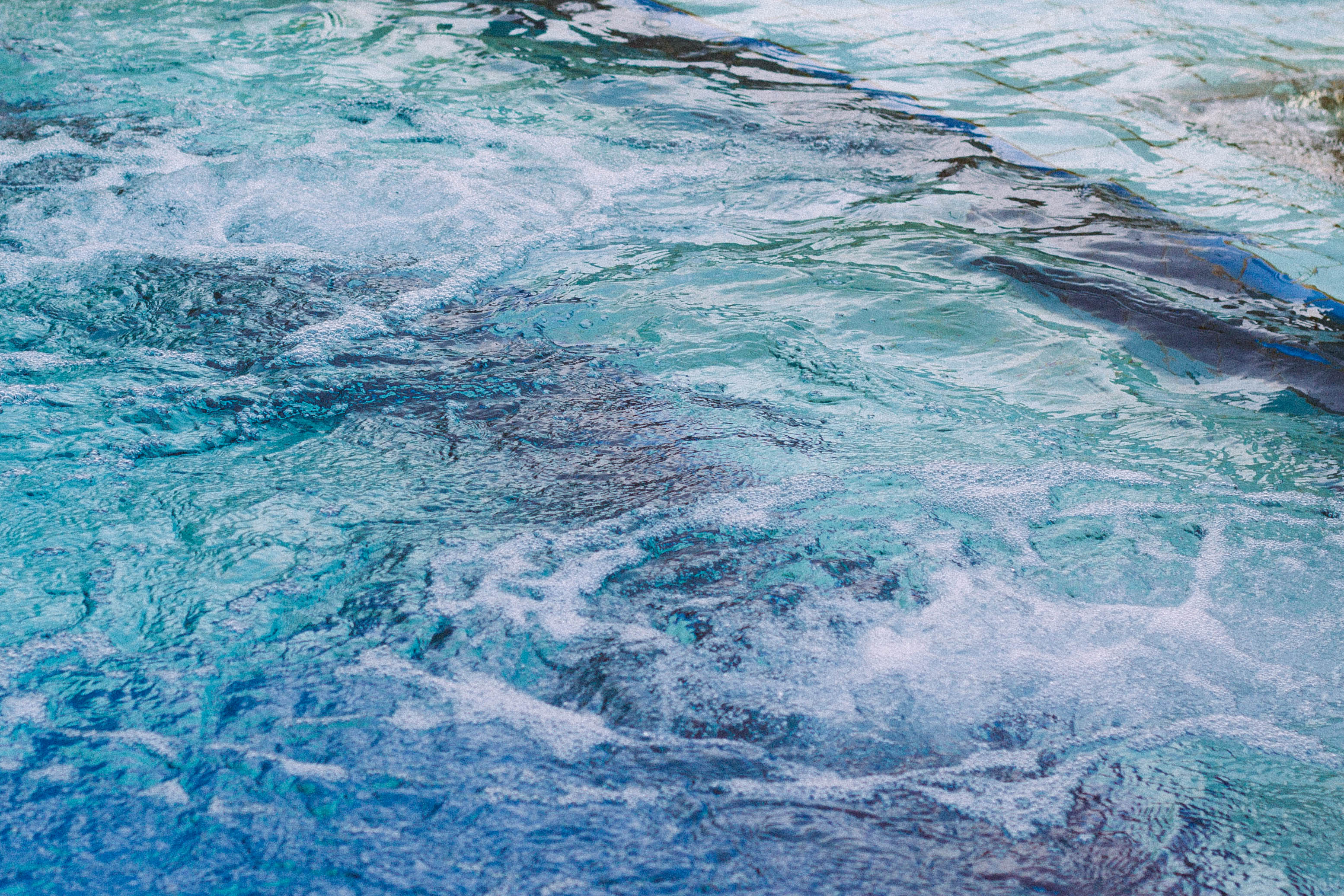
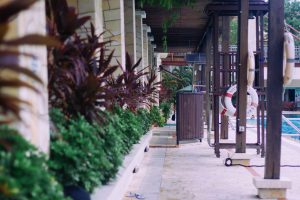

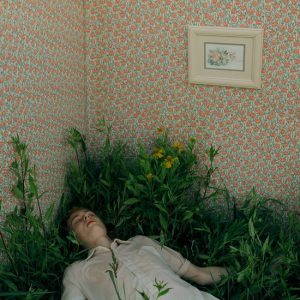
For this series, a photographer that inspired me is Kyle Thompson. His work of super surrealism attracted me. There’s a sense of comfort and an odd sense of familiarity in his odd and unusual photos. I think it’s because he uses surroundings that are close to him and elements that he identifies with that causes the viewers to also identify with what he’s capturing.
FINAL PRESENTATION: 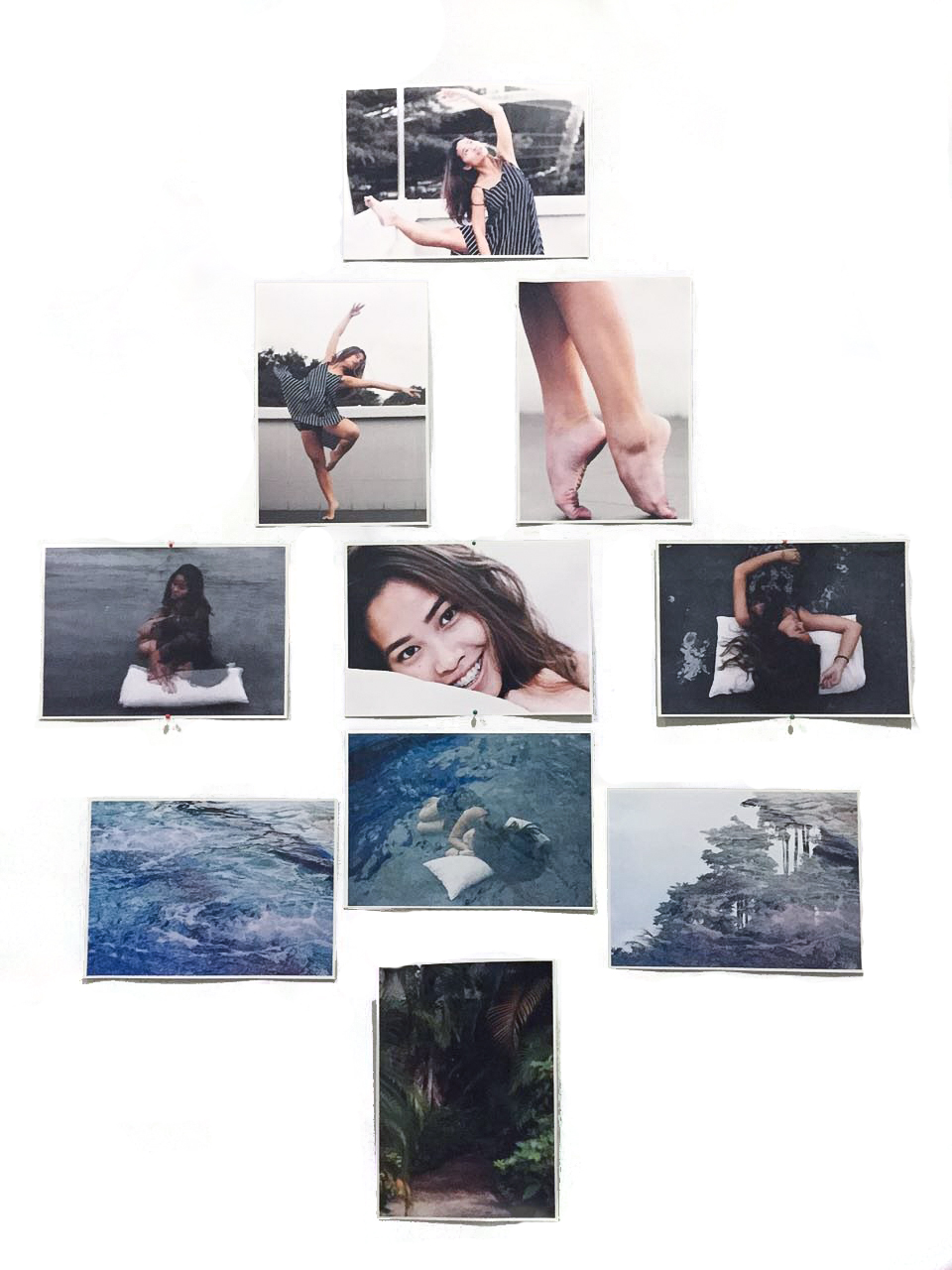
I chose to lay it out in a diamond format with the top three photos of task one, to the three photos of task two as the middle section and the last four photos (explained from bottom up) at the bottom of the diamond as I want to portray the linkage of all the photos that have a deep connection to me. Most of these photos represents my internal psyche and the comfort I find in dance, my pillow and the pool which I hope is well portrayed here. It highly revolves around who I realised I am and what I find joy in.
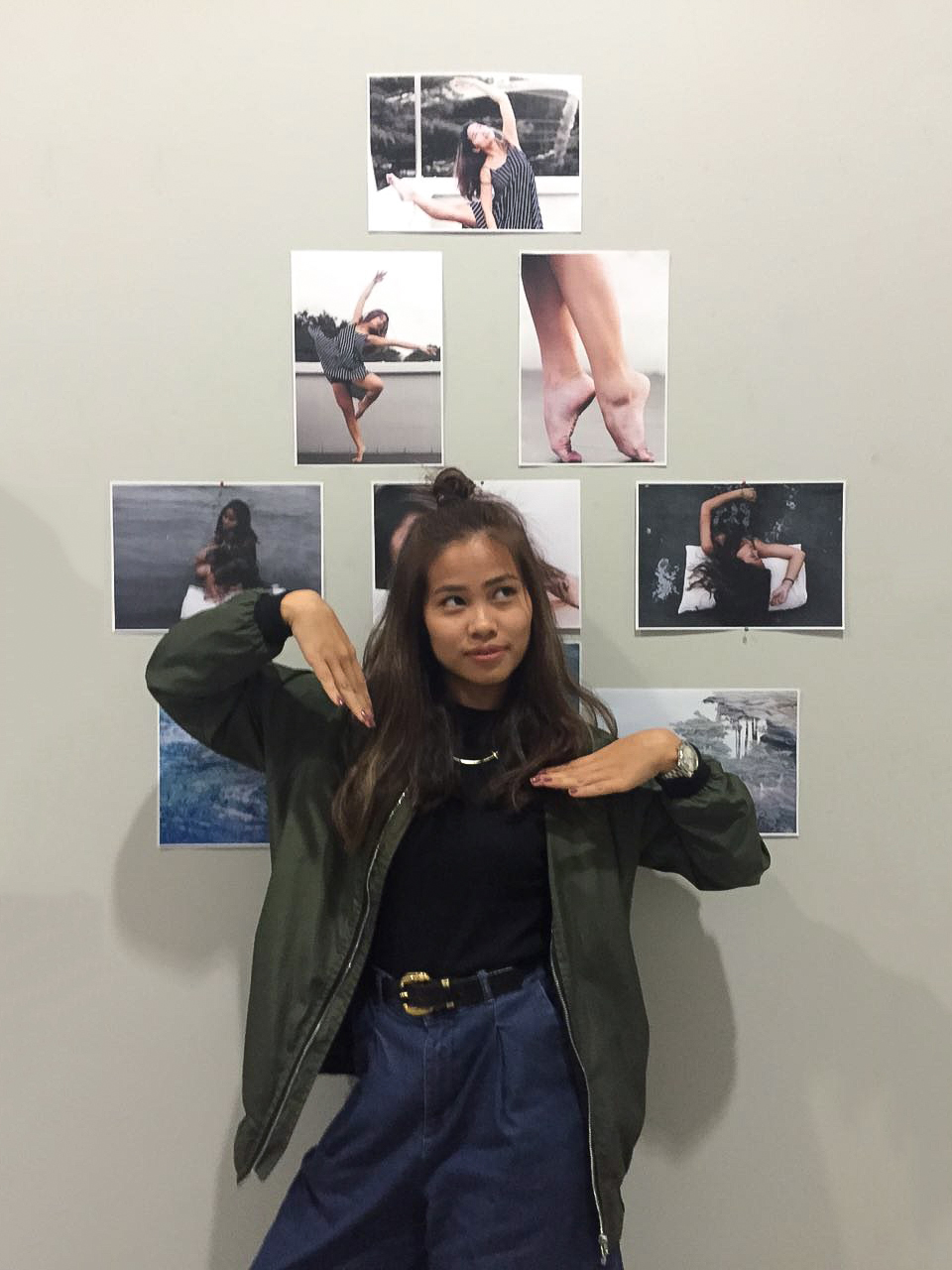
All in all, I enjoyed this process of documenting images and trying to express myself in different ways. To also push ideas to reality was a fun challenge and I hope I was able to convey these ideas throughly and succinctly.
Hope this was an interesting and enjoyable post.
Toodles!



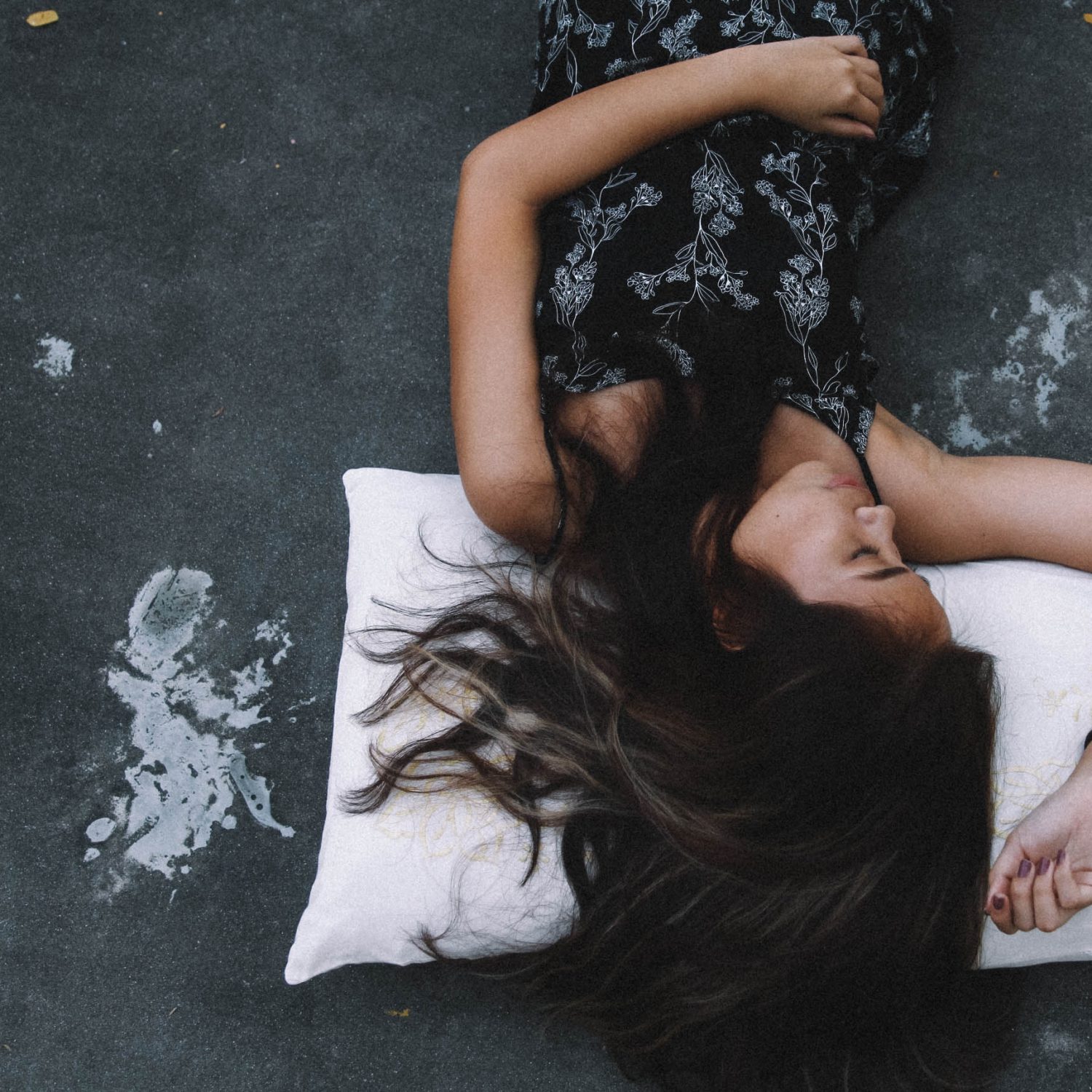

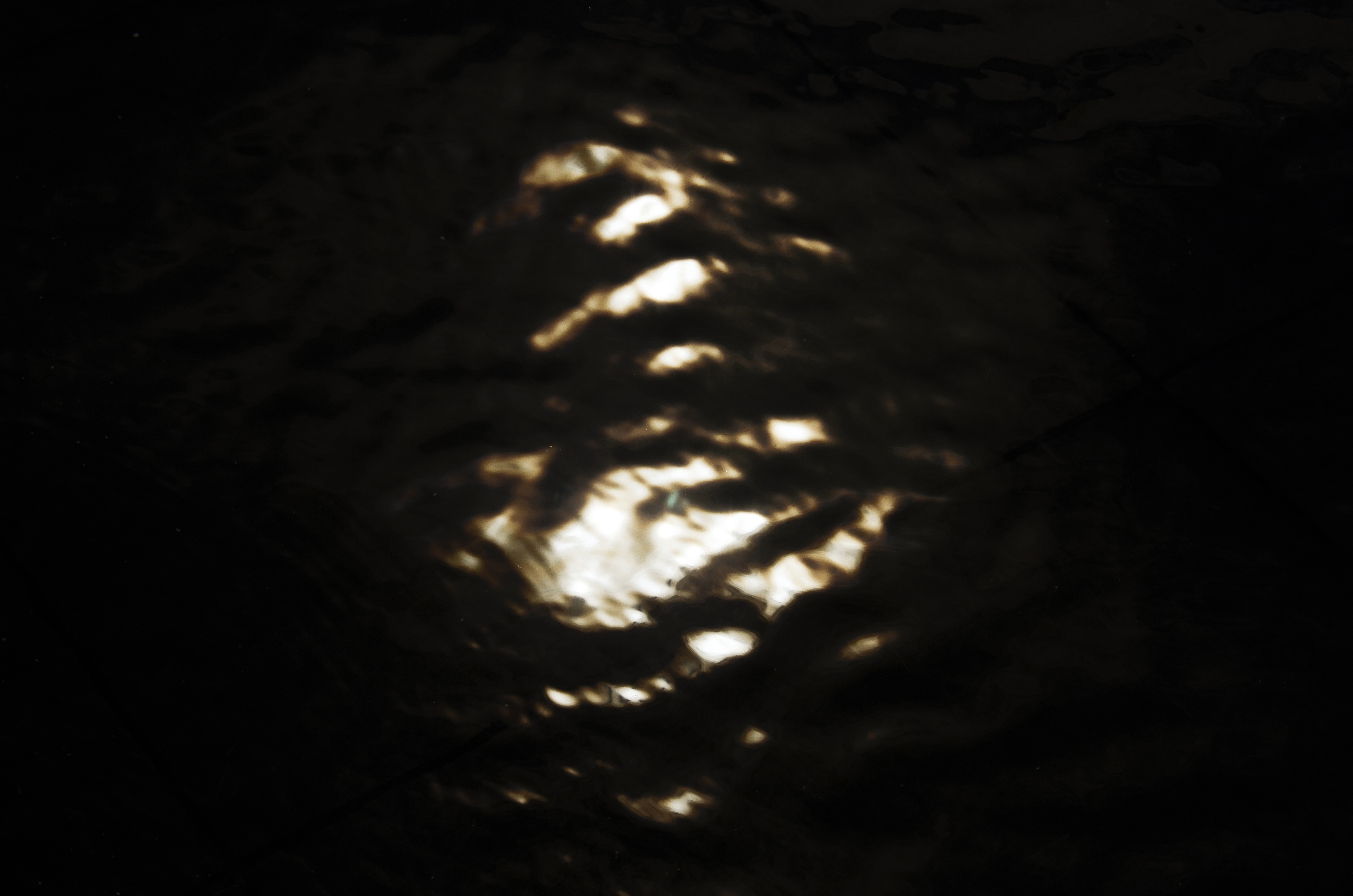
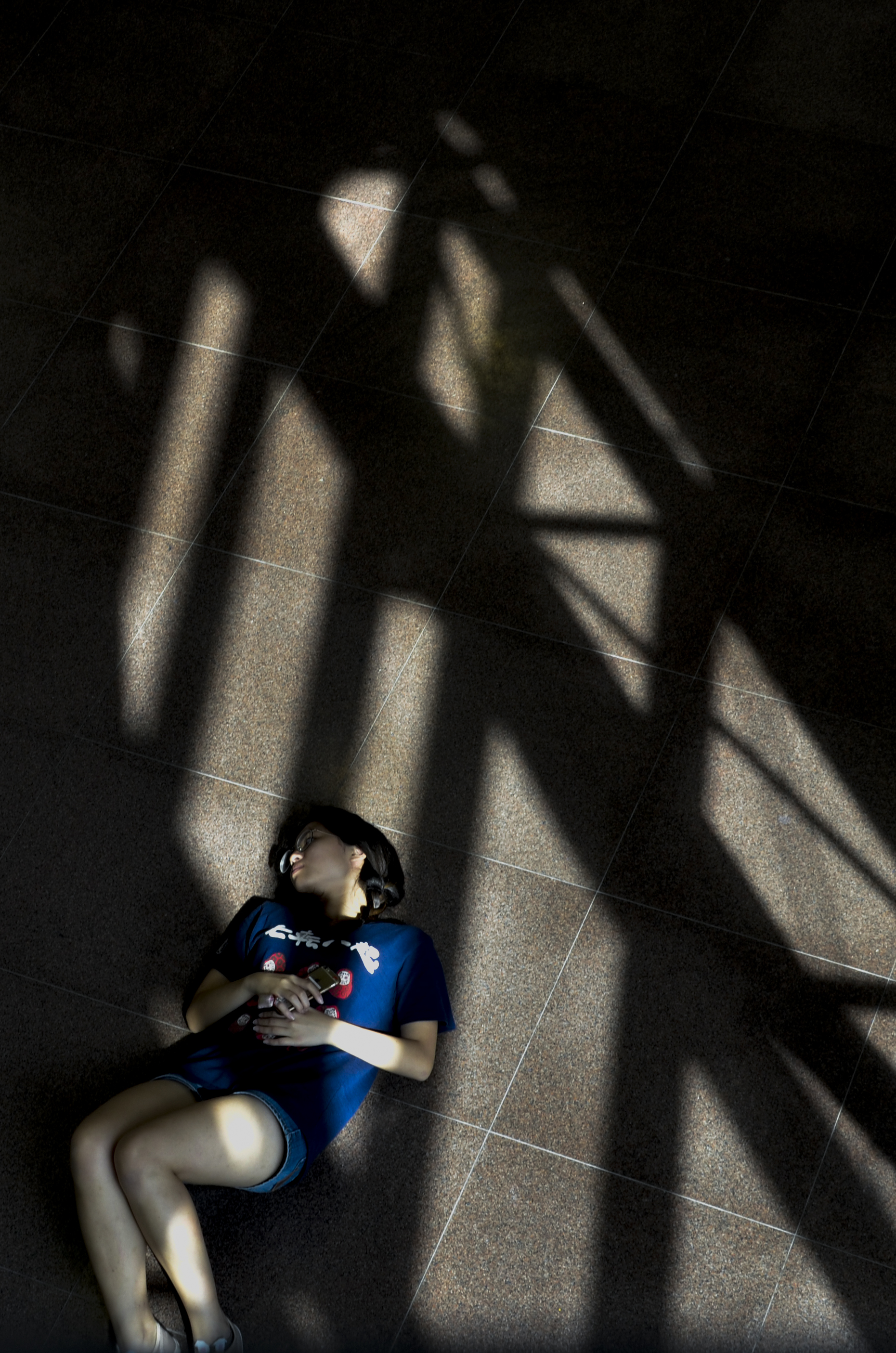
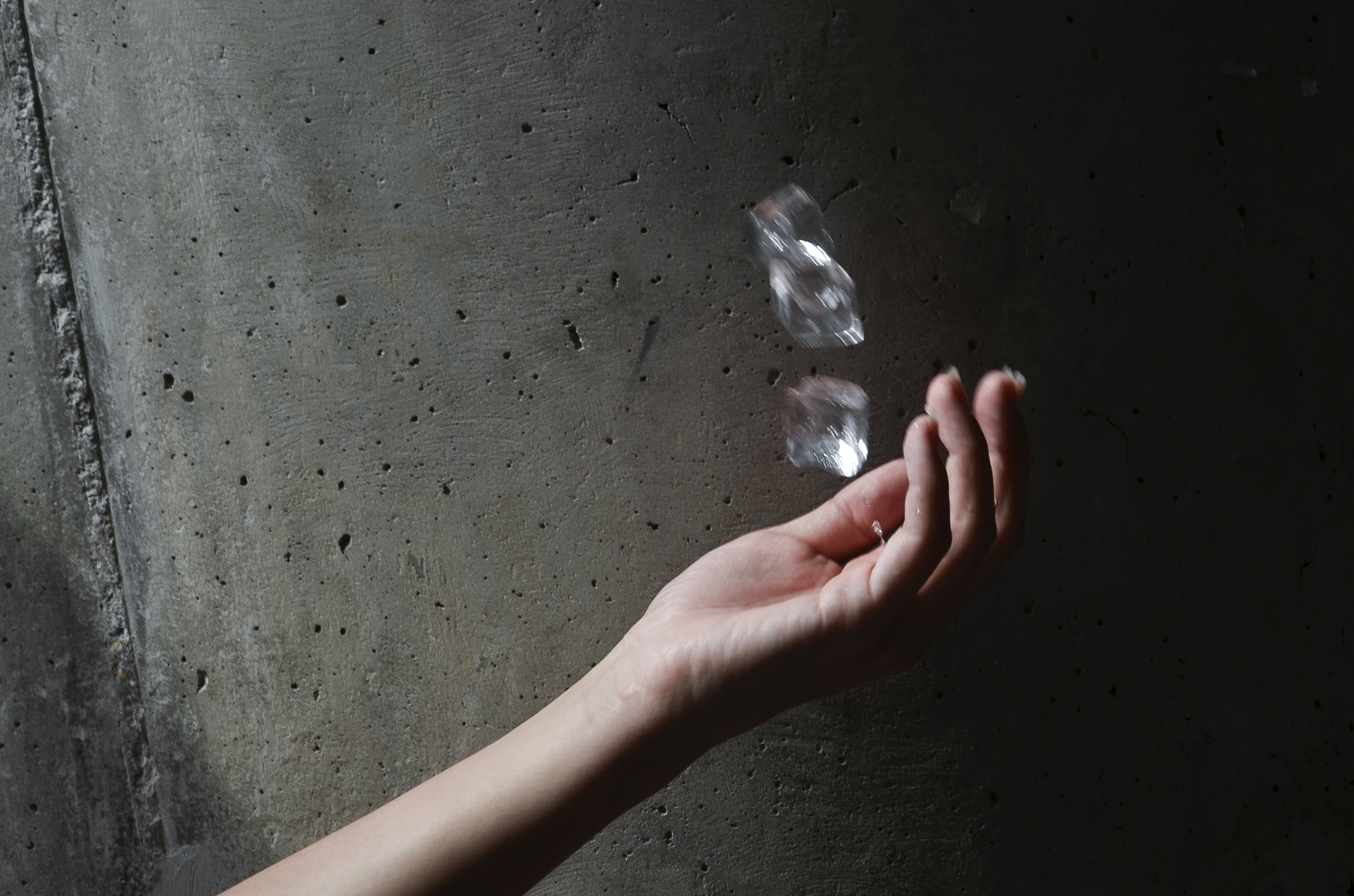
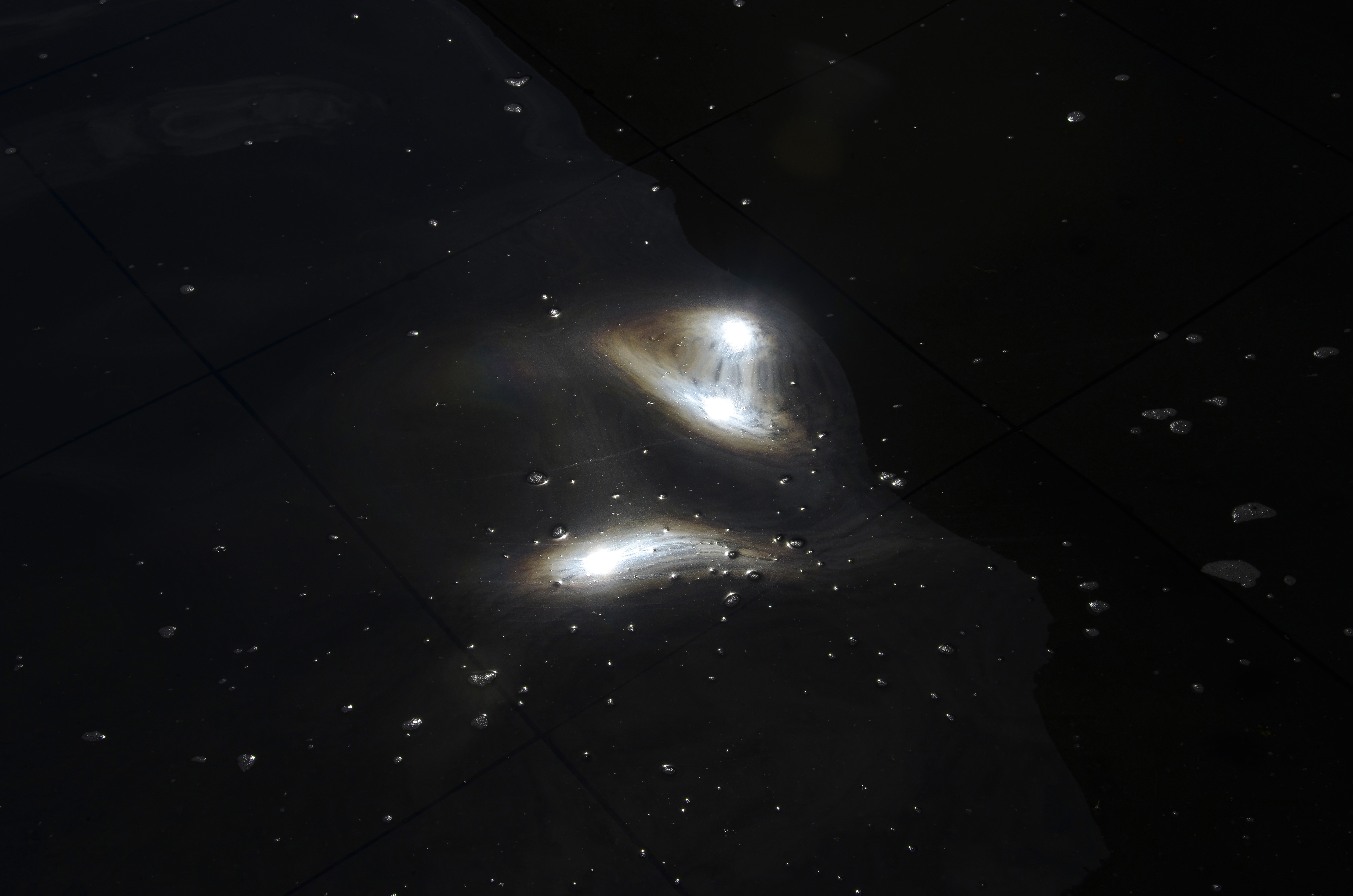
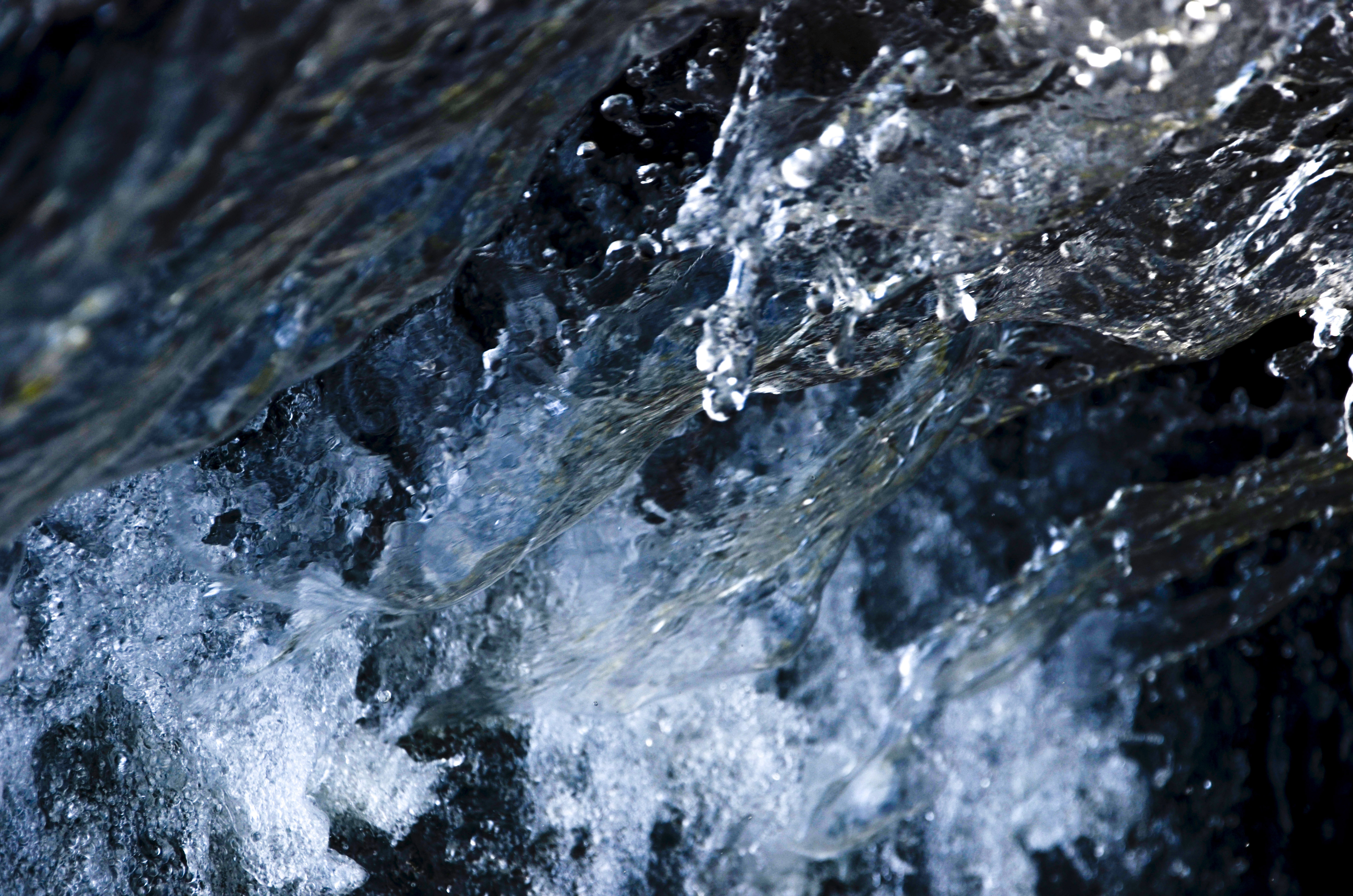

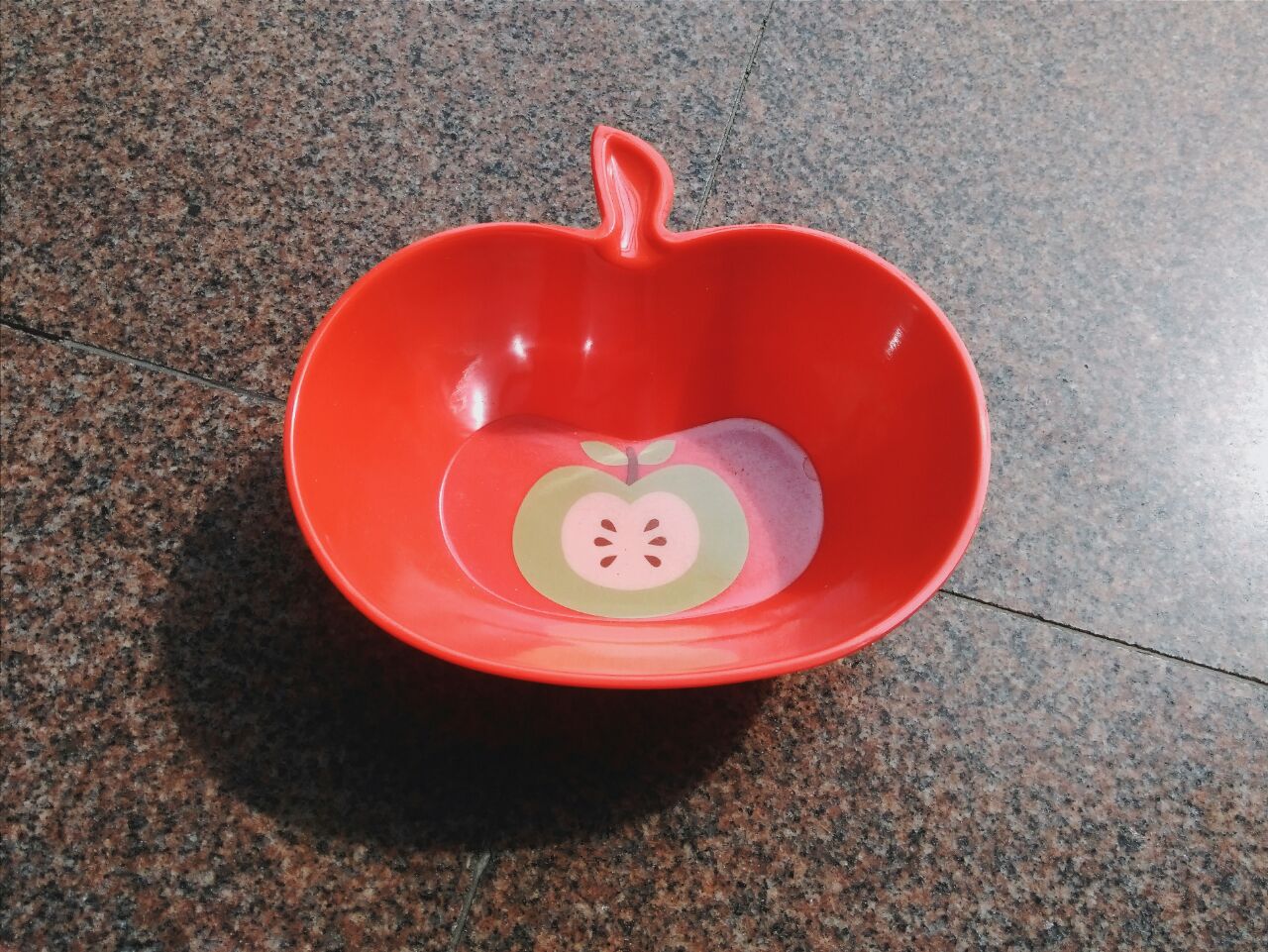
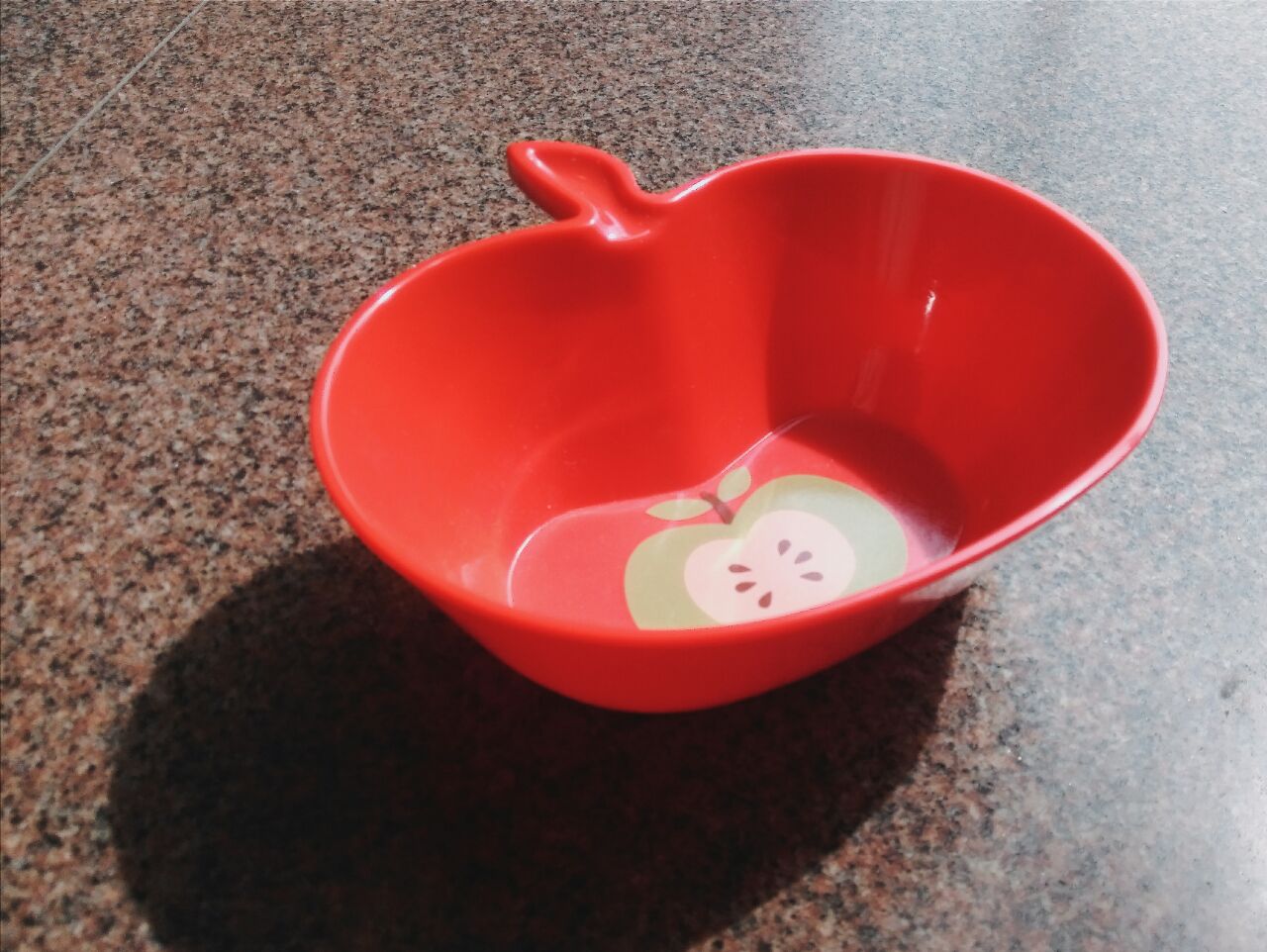
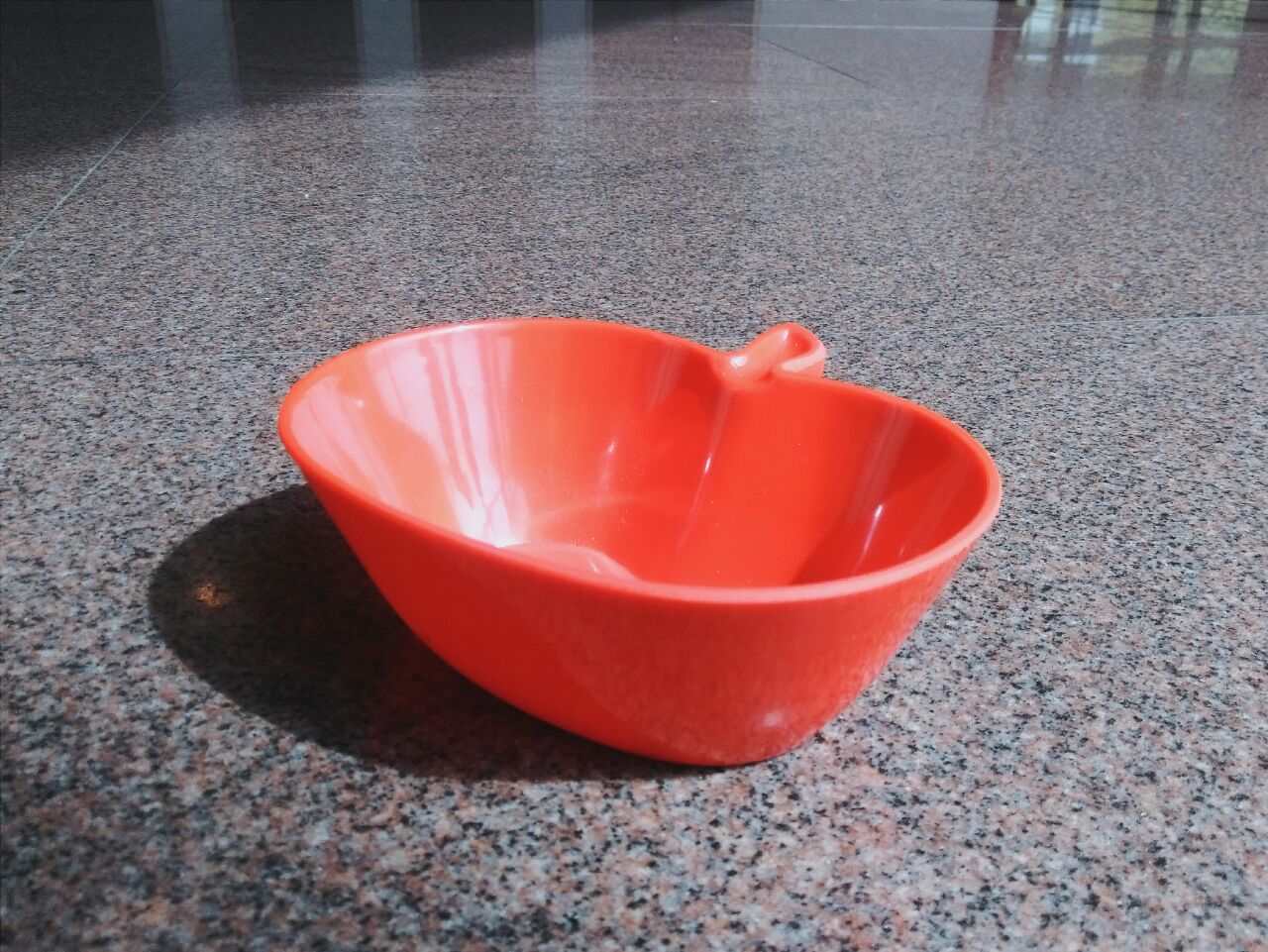
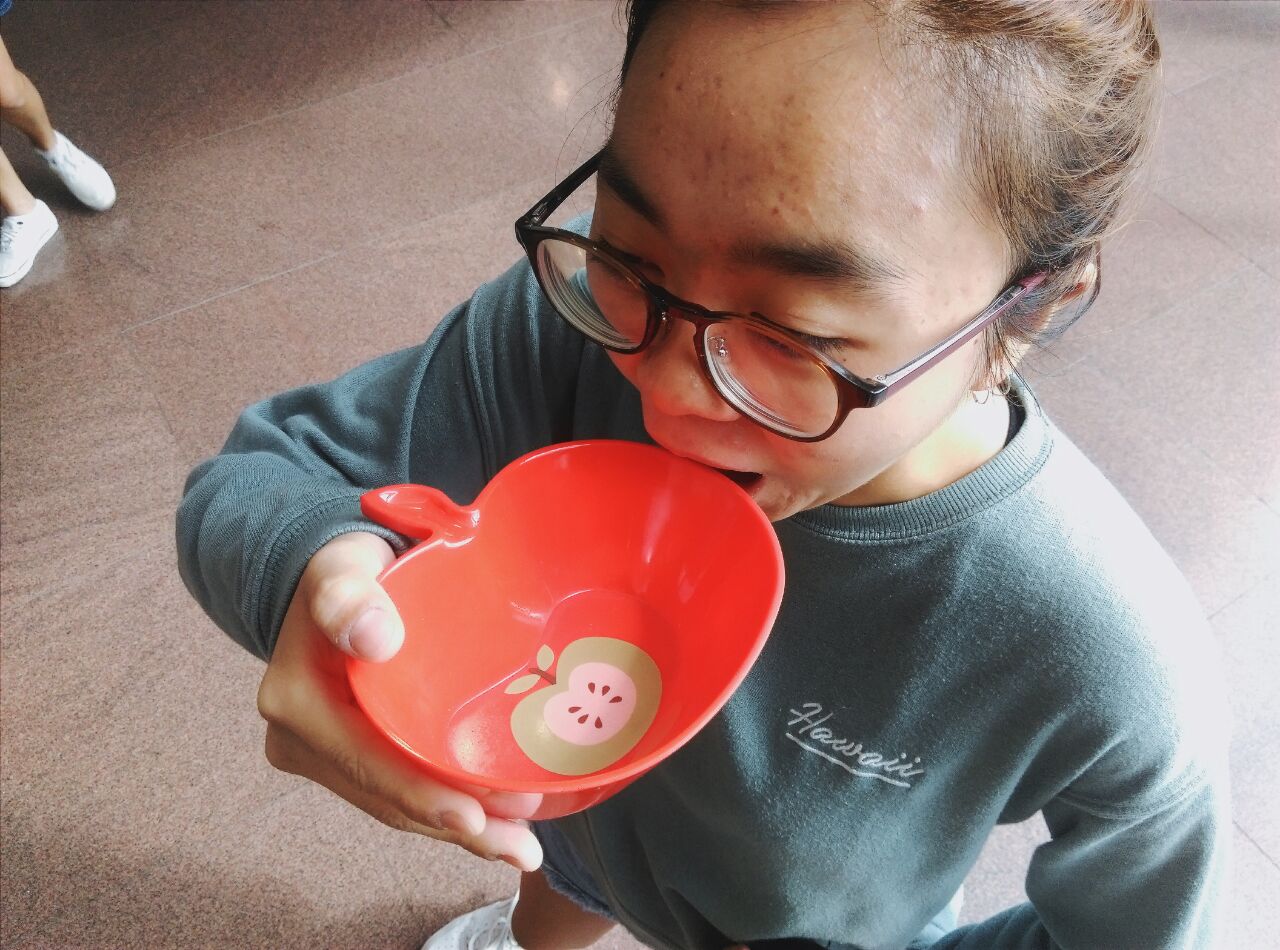
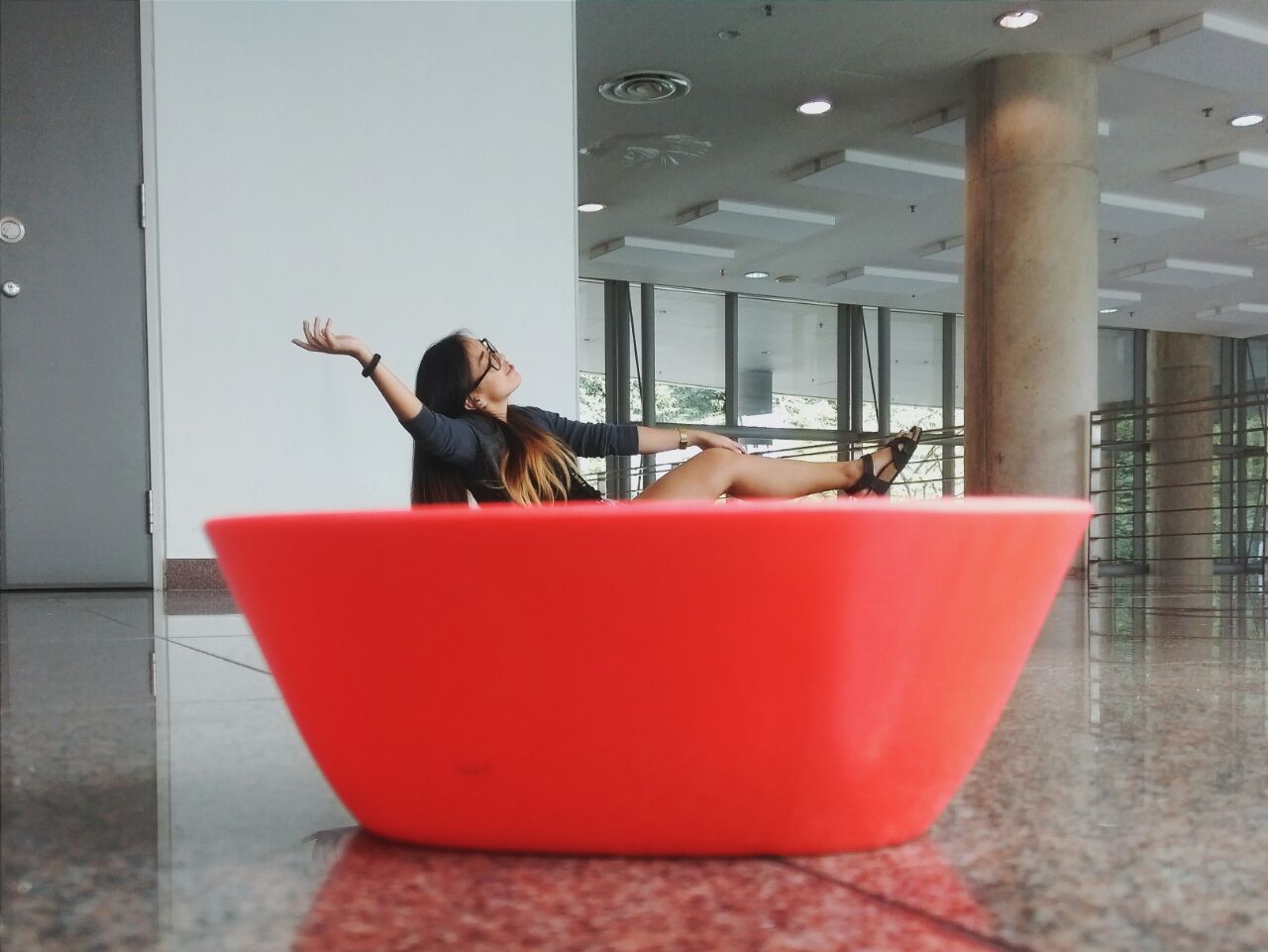
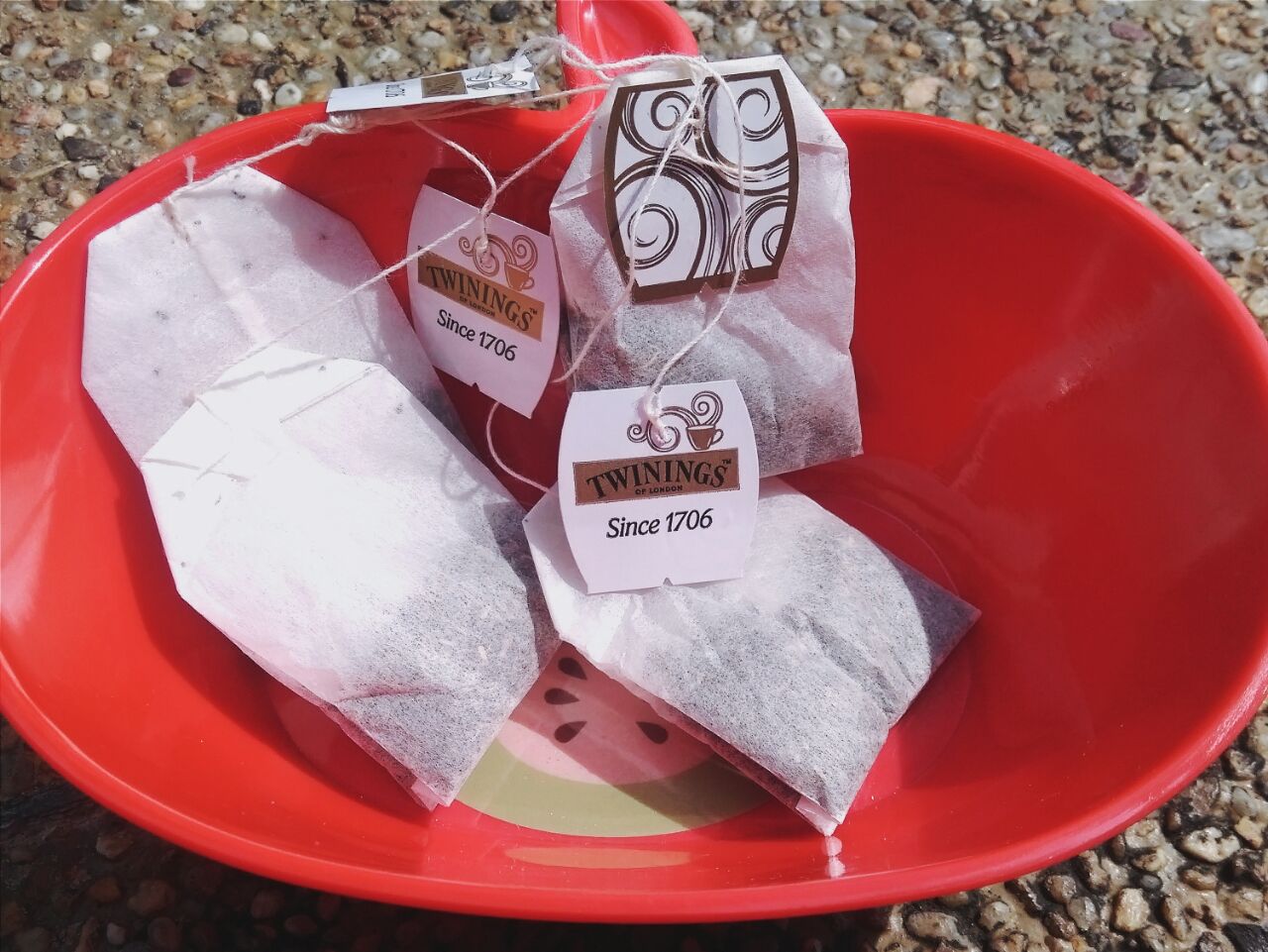
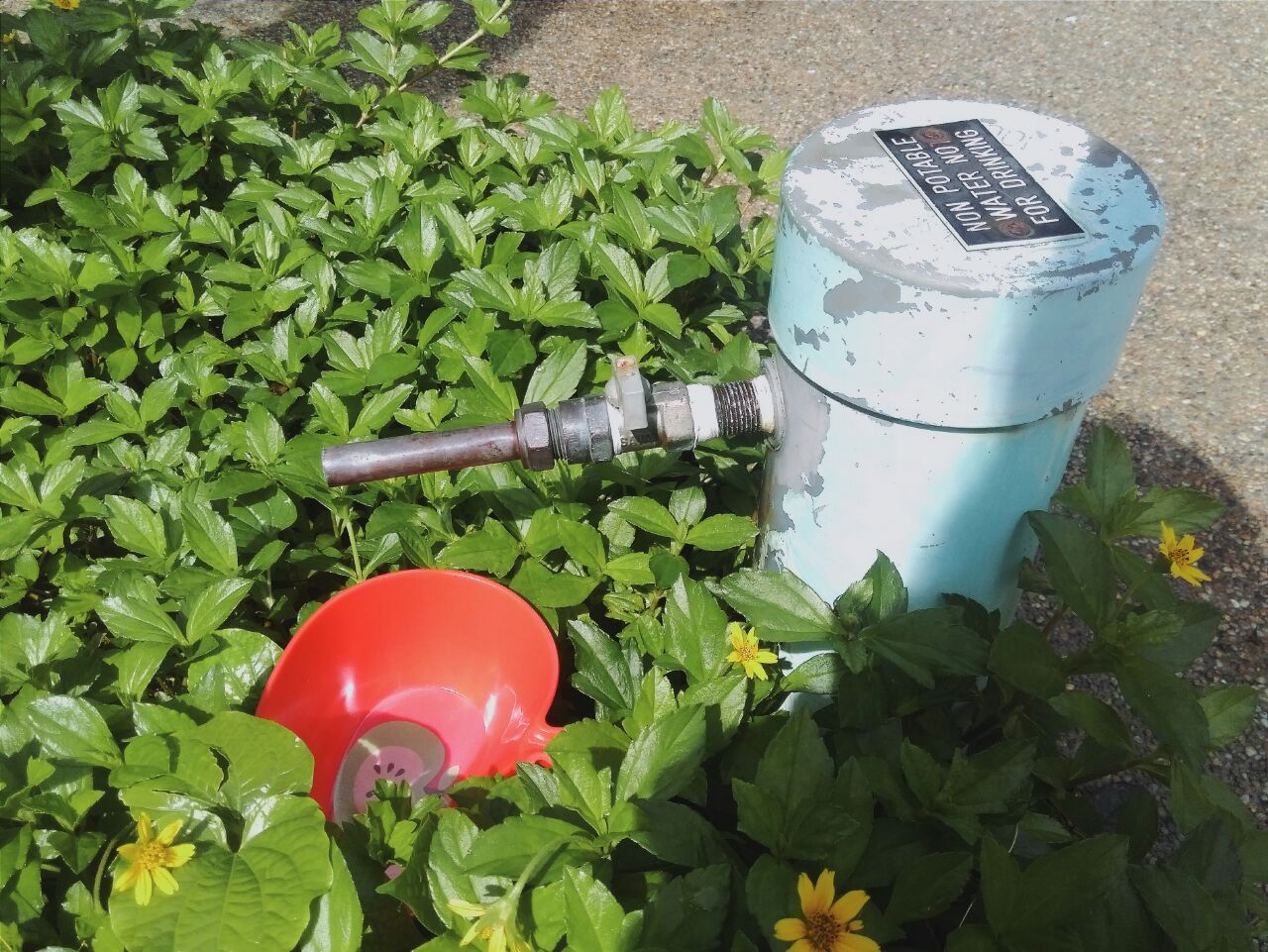

 2.
2.  3.
3. 

 3. A close up of me expressing my happiness and joy my pillow provides.
3. A close up of me expressing my happiness and joy my pillow provides. 





 2. Seeing the surroundings, a mix of water and nature, I feel this fuzzy likeness that both items coincide and sit well together (just like the sea and trees etc). I picture this as one and two inseparable items which is why I created this image. (A top down angle of water ripples and a low angle capture of the surrounding greenery.)
2. Seeing the surroundings, a mix of water and nature, I feel this fuzzy likeness that both items coincide and sit well together (just like the sea and trees etc). I picture this as one and two inseparable items which is why I created this image. (A top down angle of water ripples and a low angle capture of the surrounding greenery.)







